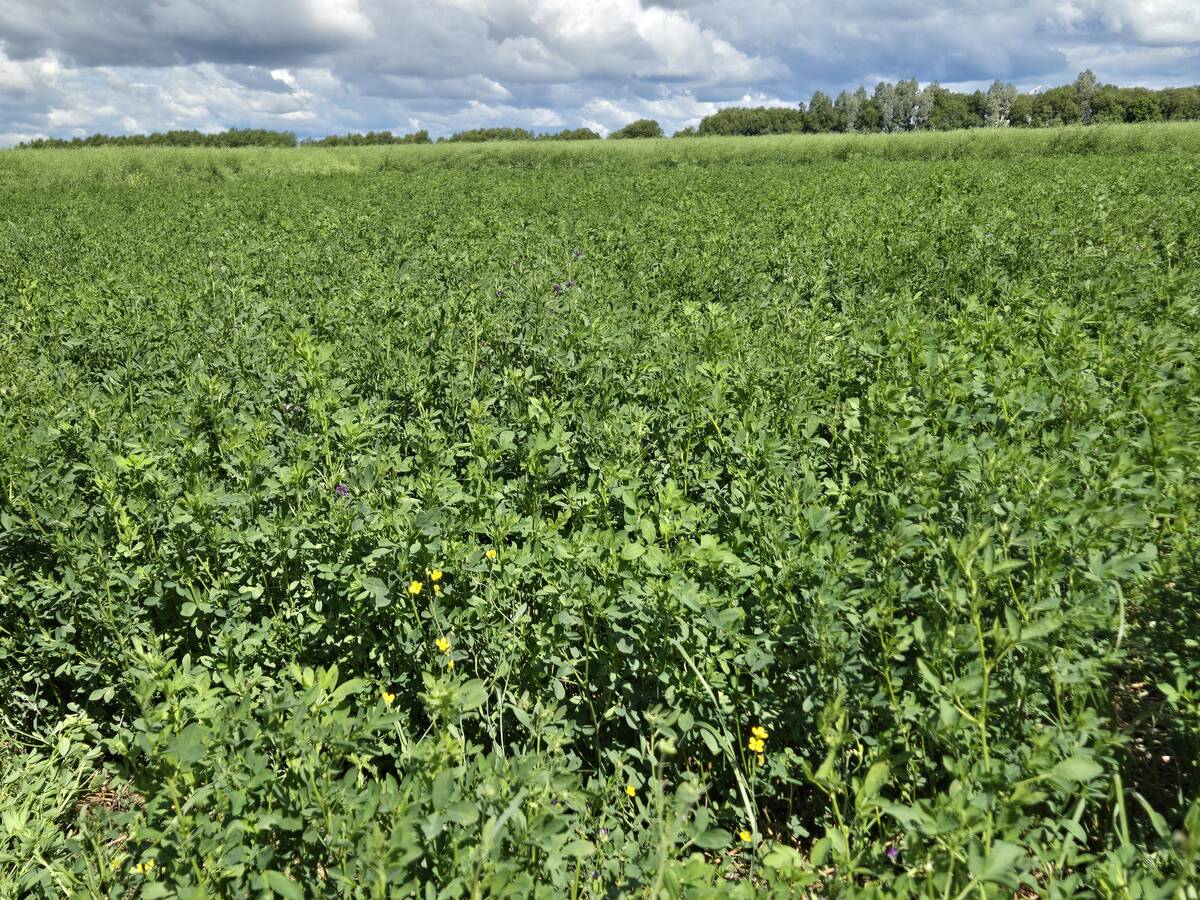A four-month drought that shows no signs of abating has scorched the crop since November and forced estimates lower
BUENOS AIRES, Argentina (Reuters) — Hope has withered for any recovery in Argentine soybean yields hit by a four-month drought that shows no signs of abating, farmers and analysts said recently.
The dryness that has blighted the Argentine Pampas region since mid-November has forced producers to slash their estimates for the 2017-18 crop. The light rains forecast would not be enough to restore fields baked by an unrelenting southern hemisphere summer sun.
“The current season is dead in terms of crop yields,” said German Heinzenknecht, weather specialist with the Applied Climatology consultancy.
Read Also

Manitoba Parkland research station grapples with dry year
Drought conditions in northwestern Manitoba have forced researchers at the Parkland Crop Diversification Foundation to terminate some projects and reseed others.
“The showers that are on the way are not going to help soy or corn, but they could improve planting conditions for wheat, which starts being sowed in May.”
China’s 2017-18 soybean meal exports are set to nearly double to around two million tonnes, traders said, lifted by lower Argentine supply. Asian countries led by Japan, South Korea and Vietnam are key importers of soymeal.
Argentina is the world’s third-biggest exporter of soybeans and corn, as well as the top provider of soy-based livestock feed.
Argentine soybean exports are taxed at 28.5 percent, so the fiscal impact of the drought could be hard as President Mauricio Macri prepares to seek re-election next year while trying to cut the budget deficit and fund infrastructure projects.
The disaster on the Pampas has exerted upward pressure on soybean and corn futures on the Chicago Board of Trade.
Farmers in the U.S. Midwest are scrambling to sell grain that has been held in storage for months to take advantage of prices rallying on Argentina’s woes.
Analysts have slashed their soybean crop forecasts, which started the season in the range of 55 million tonnes, to below 45 million.
“It’s really awful around here. Yields are just falling and falling,” said Pedro Vigneau, who operates a farm in the central Buenos Aires district of Carlos Casares.
He now expects to harvest two tonnes of soybeans versus the 3.5 to four tonnes that he expected at the start of the 2017-18 crop year.
Vigneau has lowered his farm’s corn harvest forecast to about half of the eight to nine tonnes estimated at planting.
“It might rain on Wednesday but the game is almost over. The impact of the drought will be severe and the area affected is really wide. When you speak with farmers from different areas you realize their fields are almost all in bad condition,” Vigneau said.
Argentine is expected by the Buenos Aires Grains Exchange to harvest 42 million tonnes of soy and 34 million tonnes of corn in the 2017-18 season, down from previous estimates of 44 million and 37 million tonnes, respectively.
“The major area affected by the drought in the central and southern part of the farm belt has no chance of recovering yields, even if it were to start raining,” said Esteban Copati, chief analyst at the exchange.
When the exchange slashed its estimates it warned that dry, hot conditions in northern provinces could lead to further reductions.
The Rosario grains exchange, located near the soymeal and soyoil plants that dot the banks of Parana River, agreed the outlook was “really bad.”
“At this point, it if rains a lot over the next month all it would do is complicate harvesting. It would be unlikely to help soy and corn yields,” said Emilce Terre, head of research at the exchange.
















